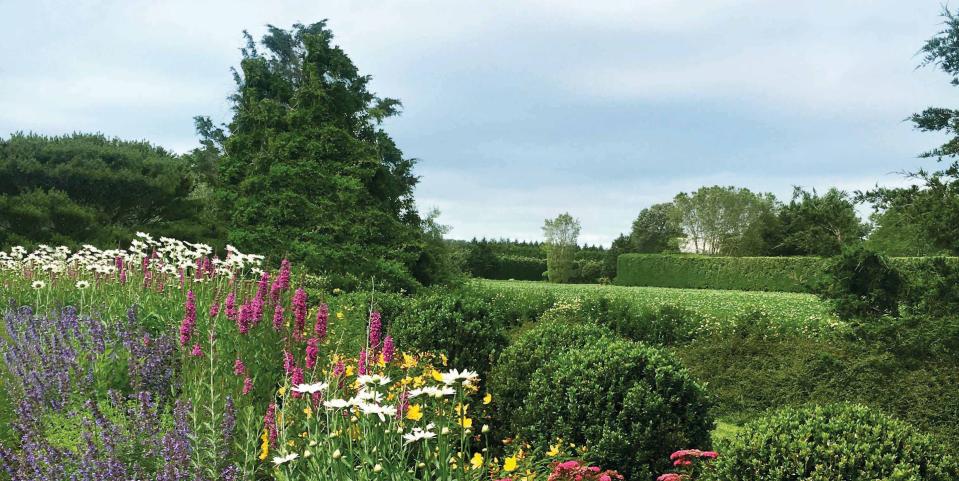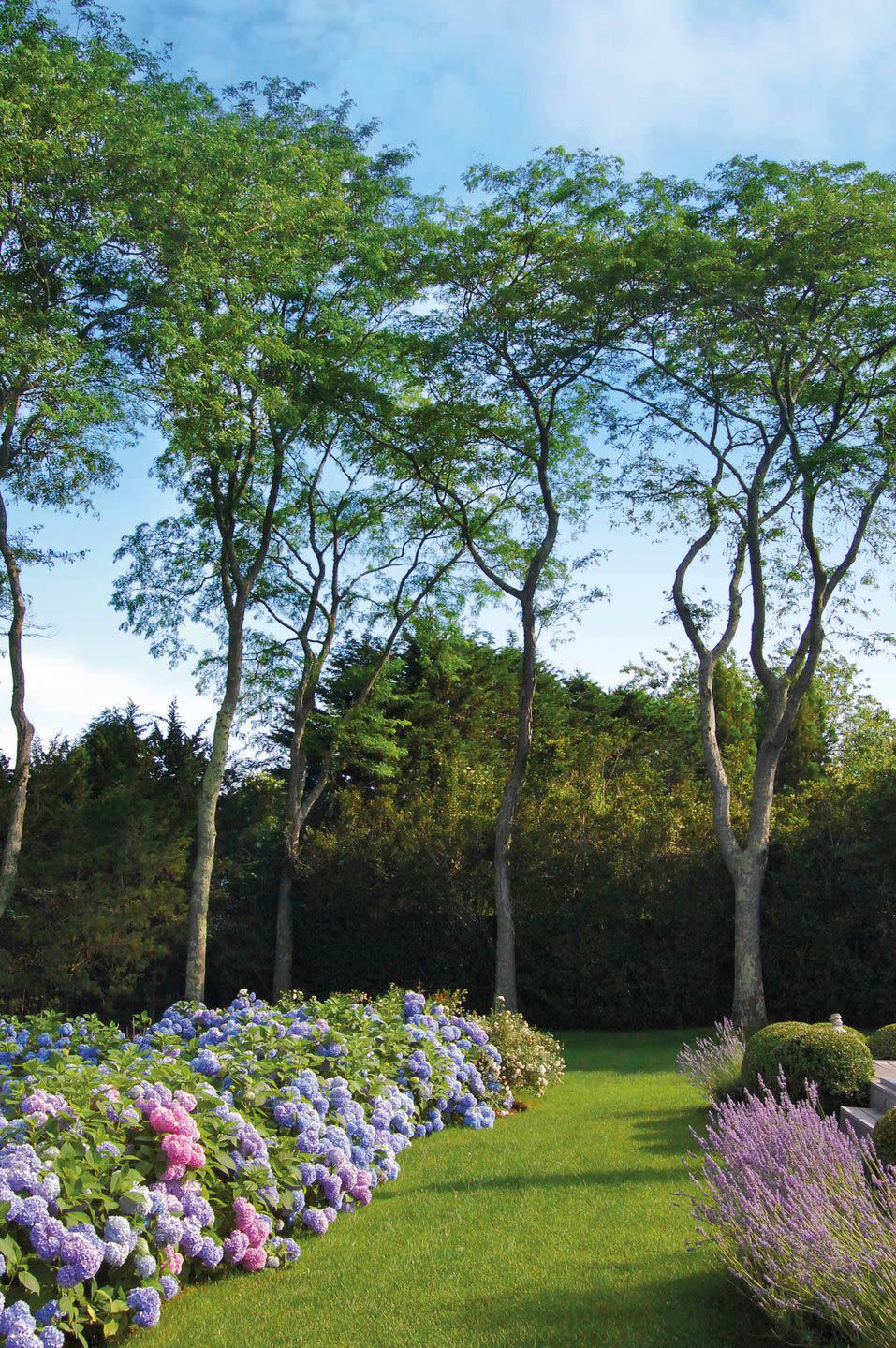How to Choose the Right Color Palette for Your Garden

Frederico Azevedo has pretty much been gardening his whole life. "Where I grew up in Brazil, at my parents house, I started a little vegetable garden at five years old," the landscape designer, whose book Bloom, comes out on July 31, tells House Beautiful. Since then, though, Frederico has graduated from vegetables to sweeping, blooming fields of flowers—always in kaleidoscopic hues. "Color has always been my life," the designer explains. So, we had him share with us the key color principles to consider when planting your own garden—whether it's a rolling field or just a small window box on your fire escape.

It's all about diversity
No matter the size of your garden, a wide array of flora is key. "When you create diversity of color, even different shades of the same color, you create an ecosystem," the designer says, making your garden more sustainable and nature-supporting. Different flowers attract bees and birds, tying your garden into the surrounding environment.

Design for four seasons
While we may not all live in climates where flowers can bloom all year long, it's important to pick flowers that bloom at different times within your garden's seasonal window. "You want flowers that will bloom in different stages," Frederico explains. "Not all in one period." That way, he explains, "it will always a surprise; there will always be something different to be discovered—and the garden never will look the same."
Plant in levels
In Frederico's gardens, perspective is key. To draw the eye in and provide visual interest, the designer layers his gardens by planting at different levels—and incorporating various colors throughout. This strategy is even more important in a small garden, where it allows for maximum planting in a minimal footprint. "Multiple levels create an elevation and a break in space," which makes the garden more interesting, he says.

Create borders
Borders help define the garden and draw the eye to the colors within it. As Frederico explains in Bloom, "in any garden, borders guide a beginning, a middle, and an end, and give the landscape dimension."
Add texture
Beyond color, texture is important in a garden; ensure that yours has diversity there, too. This can even go beyond the use of plants: "When I create stone walls, stairs, or accents like graveled walkways, I'm thinking mostly about color and texture," Frederico says.

Treat non-living fixtures like part of the garden
One of Frederico's many talents is nestling his gardens into their surrounding landscapes—no matter what those surroundings contain. "If you have a pool or a pond, that blue can be part of the garden," he explains. So pick colors that complement it. Same goes for, say, a brown garden bench, or a green pergola.
Always look for inspiration
Frederico encourages garden enthusiasts to visit other gardens whenever possible—especially ones in different climates, where they may see new techniques, plants, and accents they can take home. "I travel around the world looking for art and garden accessories," he says.
Follow House Beautiful on Instagram.
('You Might Also Like',)
